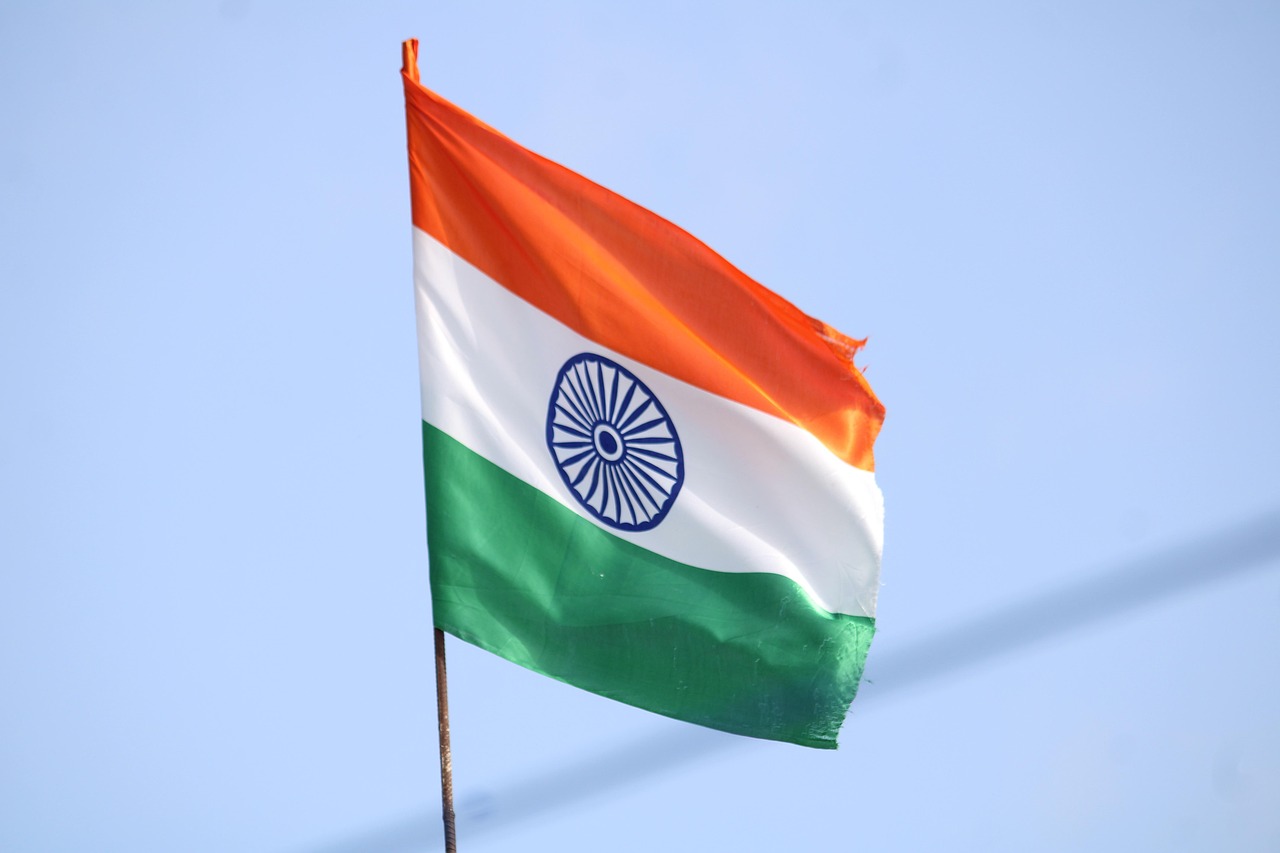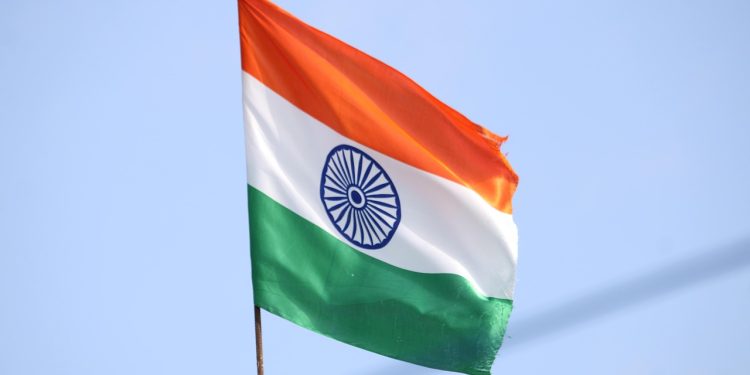India’s Aircraft Accident Investigation Bureau (AAIB), in collaboration with the U.S. National Transportation Safety Board (NTSB), has successfully downloaded data from the flight recorders of the Air India Boeing 787 Dreamliner that crashed shortly after takeoff from Ahmedabad on June 12, killing all 241 passengers and crew along with 19 people on the ground. This marks a crucial step in determining the cause of the deadliest aviation disaster in a decade.
Black Box Recovery and Data Extraction Process
The cockpit voice recorder (CVR) and flight data recorder (FDR), commonly known as black boxes, were recovered from the crash site—one found on a rooftop on June 13 and the other in the wreckage on June 16. The AAIB confirmed that the front recorder’s data was accessed on Wednesday, with analysis underway to reconstruct the final moments of Flight AI-173 before it plummeted from 650 feet.
The investigation is reportedly focusing on engine thrust irregularities, with sources indicating that the emergency-power generator was active at the time of the crash. The Wall Street Journal first reported this detail, raising questions about potential mechanical failure or pilot response.

Unusual Delay in Black Box Analysis Raises Questions
Aviation experts have noted that the two-week delay in downloading the black box data is unusually long for a crash of this magnitude. Typically, investigators prioritize immediate data extraction to expedite the preliminary report, expected within 30 days of the incident.
Anthony Brickhouse, a U.S. aviation safety expert, stated that in high-profile crashes, authorities usually provide faster updates. “Normally, countries know that the world is watching,” he said, suggesting that India’s slower response could indicate technical challenges or logistical hurdles.
The Boeing 787 Dreamliner involved in the crash was equipped with General Electric (GE) engines and enhanced airborne flight recorders, which store identical sets of flight data. GE has dispatched specialists to assist Indian investigators, given its expertise in both engine performance and flight recorder technology.
According to a 2014 NTSB report, the forward flight recorder has an independent power supply that preserves data for about 10 minutes after a power loss—a critical feature for reconstructing the final moments before impact.
The Next Steps in the Air India Crash Probe
India’s civil aviation ministry has assured that the investigation is proceeding in full compliance with international aviation safety protocols. The recovered black box data is expected to reveal crucial insights into: Pilot communications (via CVR), Aircraft system performance (via FDR) and Potential mechanical or human errors.
While speculation had suggested the black boxes might be sent to the U.S. for analysis, Indian officials have yet to confirm this. The findings will be important in preventing future aviation disasters and ensuring global flight safety standards are upheld.

















